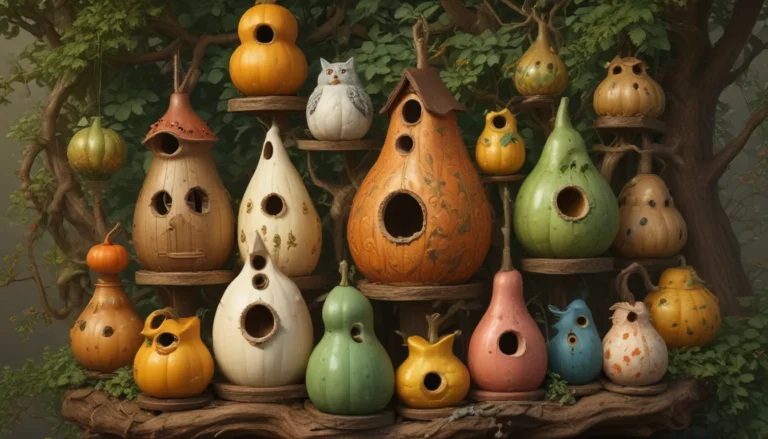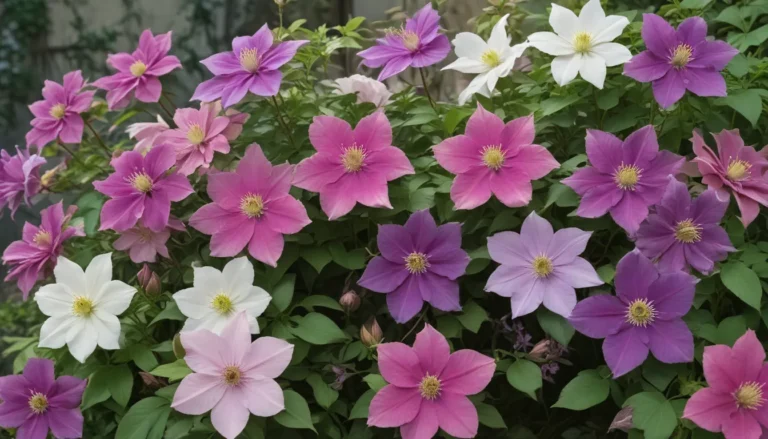How to Successfully Grow Japanese Maple Trees in Containers

Are you interested in bringing the beauty of Japanese maple trees closer to your home but are limited on space? Growing Japanese maple trees in pots and containers is a viable option that can add a touch of elegance to any setting, regardless of size. In this comprehensive guide, we will explore everything you need to know to successfully grow and care for Japanese maple trees in containers.
## Best Cultivars for Container Growing
Japanese maple trees come in a variety of cultivars that are well-suited for container growing. Here are some popular options to consider:
- Abigail Rose: An uncommon A. palmatum dwarf with bright pink foliage.
- Geisha Gone Wild: A striking sport of ‘Geisha’ with vibrant red and pink leaves.
- Jubilee: A unique cultivar with pink, green, and cream leaves.
- King George’s Broom: A dwarf variety with red and pink leaves.
- Orangeola: Compact with bright orange, green, and purple foliage.
- Oregon Sunset: Upright growth habit with red and plum foliage.
- Red Dragon: Classic A. palmatum var. dissectum with bright red foliage.
- Ryusen: Elegant shape with cascading branches and vibrant fall colors.
- Tamukeyama: Eye-catching red foliage and spread of 12 feet.
## Selecting the Perfect Container
Choosing the right container is essential when growing Japanese maple trees in pots. Consider the following factors when selecting a container:
- Material: Opt for materials like plastic or glazed ceramic that offer durability and protection for the tree’s roots.
- Size: Start with at least a 20-gallon container for a full-sized tree to allow ample space for root growth.
- Drainage: Ensure the container has adequate drainage holes to prevent root rot and waterlogging.
- Mobility: Consider a wheeled base to make it easier to move the container.
## Choosing the Right Potting Soil
Selecting high-quality potting soil is crucial for the health and growth of Japanese maple trees in containers. Consider the following options for optimal soil composition:
- FoxFarm Ocean Forest Potting Soil: A nutrient-rich mix with the right pH balance for Japanese maples.
- Coconut Coir, Sphagnum Moss, or Rice Hulls: Additions to improve water retention in the soil.
- Beneficial Fungi: Look for soil mixes with mycorrhizal fungi to promote healthy root development.
## Planting and Care Tips
Proper planting and care are essential for the success of Japanese maple trees in containers. Follow these tips to ensure your tree thrives:
- Planting: Ensure the tree sits at the same level it was in its original container and provide adequate soil around the roots.
- Sunlight: Place the tree in a spot that receives partial to full sunlight for optimal growth.
- Watering: Monitor soil moisture levels and water the tree when the soil is dry to the touch.
- Fertilization: Use a balanced fertilizer designed for trees to replenish nutrients in the soil.
- Mulching: Consider using moss or other ground covers to retain soil moisture and add visual interest.
## Repotting
Every few years, check the roots of your Japanese maple tree for signs of root congestion and repot as needed. Follow these steps for successful repotting:
- Root Inspection: Check for compacted roots and prune any dead or rotted sections.
- Replanting: Repot the tree in fresh soil and a larger container if necessary to accommodate root growth.
## Conclusion
Japanese maple trees are an excellent choice for container growing due to their compact root systems and variety of cultivars. By following the tips and guidelines outlined in this guide, you can successfully cultivate and care for Japanese maple trees in containers, bringing beauty and elegance to any space. Experiment with different cultivars, container materials, and soil compositions to find the perfect combination for your unique growing conditions. Happy planting!
Which cultivar of Japanese maple tree are you most excited to grow in a container? Let us know in the comments below!





